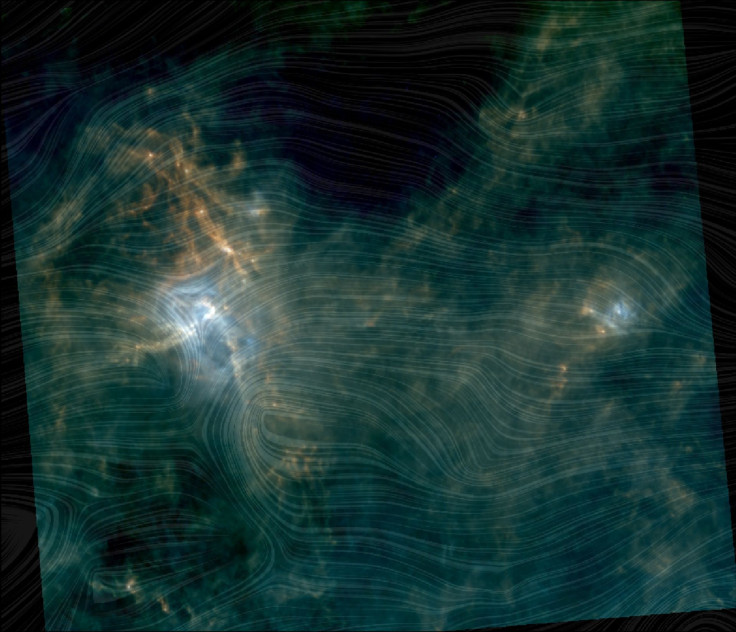Eerie Images Of Star-Forming Cosmic Clouds Shared By ESA

KEY POINTS
- ESA shared images of star-forming cosmic clouds
- Images of the clouds were captured by the Herschel and Planck space observatories
- The clouds contain stellar material that form into stars
Data collected by the European Space Agency’s (ESA) space observatories revealed stunning photos of different star-forming molecular clouds in space. The texture of the images, which was caused by the orientation of magnetic fields, provided the photos with a slightly eerie appearance.
The images were presented by astronomer Juan D. Soler of the Max Planck Institute for Astronomy in Germany. They were compiled for a study published in the journal Astronomy and Astrophysics.
For the study, Soler referred to the data collected by the ESA’s Herschel and Planck space observatories. Although these two observatories were deactivated in 2013, they still have unseen data from their missions.
The images Soler shared showed various molecular clouds that are located about 1,500 light-years from the Sun. These include Taurus, Ophiuchus, Lupus, Corona Australis, Chamaeleon-Musca, Aquila Rift, Perseus and Orion.
According to the ESA, the observations made by Herschel and Planck revealed the cosmic filaments of dense material within the clouds. As these filaments coalesce, they form into clumps of material that serve as the foundation for the formation of new stars.
“Herschel revealed in unprecedented detail the filaments of dense material in molecular clouds across our Milky Way galaxy, and their key role in the process of star formation,” the ESA explained in a statement. “Filaments can fragment into clumps which eventually collapse into stars.”
The ESA explained that all of the images presented by Soler in his study contain streaks of grayish lines. These lines were caused by Planck’s imaging system that was designed to measure the emissions of the dust within the molecular clouds.
The lines also show the directions of the magnetic field’s movement within the clouds.
“The texture of faint grey bands stretching across the images like a drapery pattern, is based on Planck’s measurements of the direction of the polarised light emitted by the dust and show the orientation of the magnetic field,” the statement continued.
In his paper, Soler theorized that the movements of the magnetic fields play a role in the formation of new stars. According to the astronomer, the magnetic fields move interstellar material across space and deliver them to the filaments within the molecular clouds. As the materials accumulate within the filaments, they collapse into newborn stars.
© Copyright IBTimes 2025. All rights reserved.





















